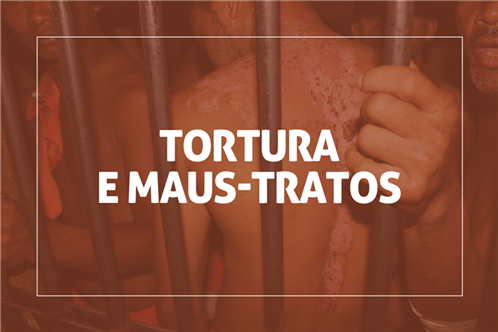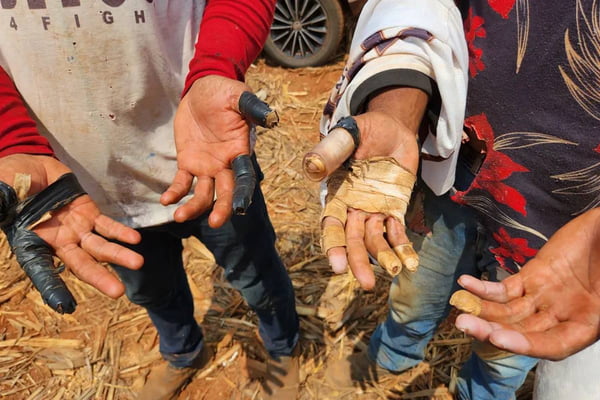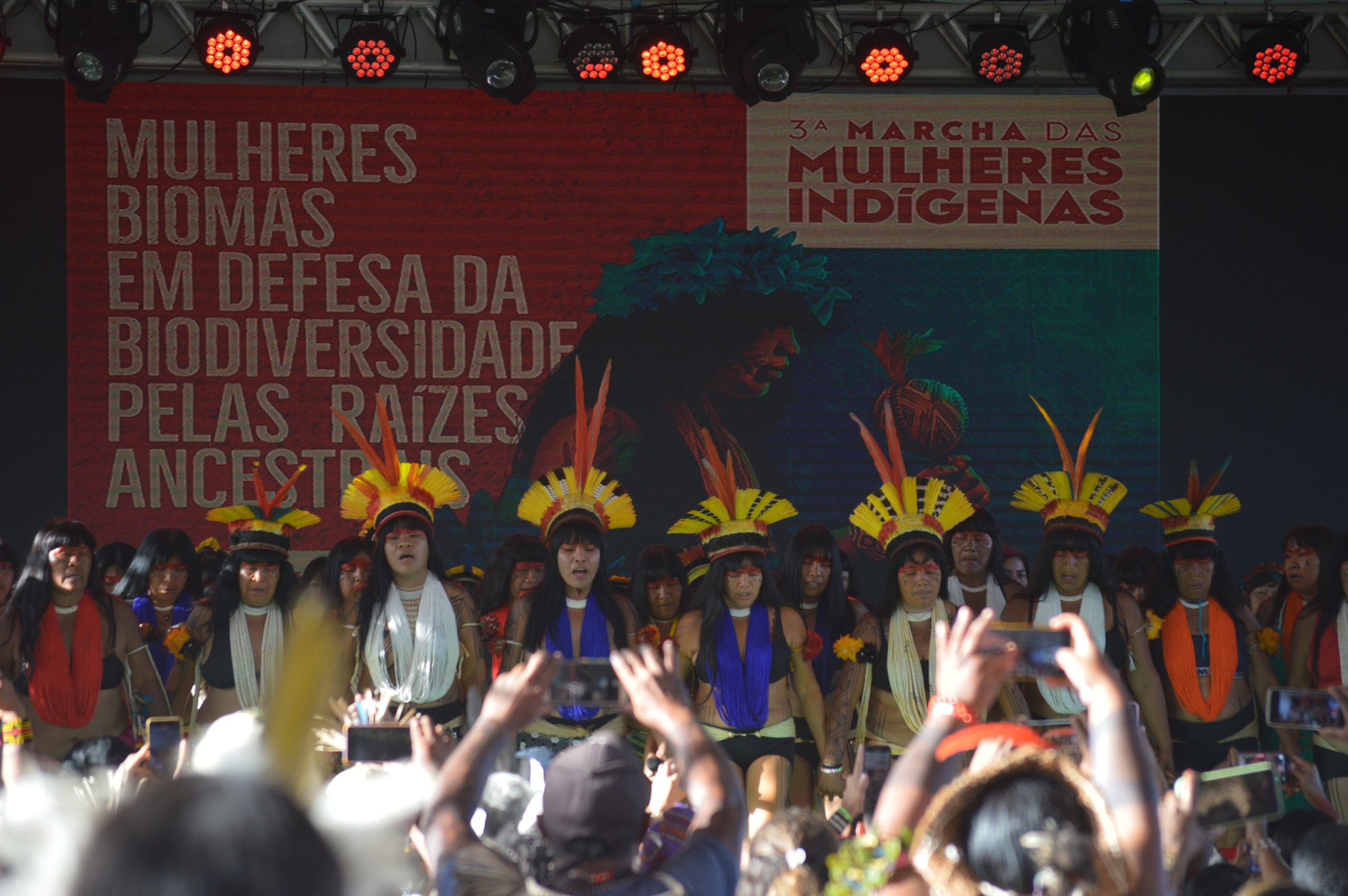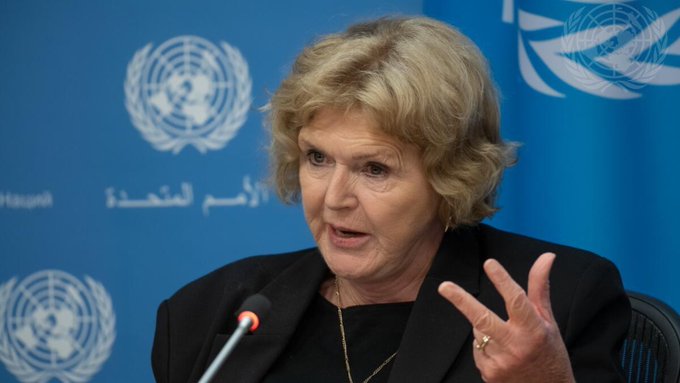Torture and mistreatment
Second Chapter | Ongoing violation :: two years since the crisis in Pedrinhas

Pedrinhas has been the site of brutal episodes of violence over the course of its 50-year history – among them, a riot in November 2010 that resulted in the death of 18 prisoners, many of them decapitated. The case became known as one of the worst outbursts of violence ever recorded in the Brazilian prison system.
Between October and December of 2013, Pedrinhas once again made the headlines of the national and international press after a series of riots that left 22 people dead. This time, the scenes of severed heads and dead bodies with puncture wounds were seen around the world.
Between January 2013 and early 2014, a total of 63 deaths were recorded. This new escalation of violence led the SMDH and the OAB-MA to submit the case to the Inter-American Commission on Human Rights. The resulting precautionary measure issu?ed by the IACHR required the Brazilian State to immediately adopt “all the necessary measures to effectively protect the life and personal integrity of all persons deprived of liberty in the complex”.
In a response to the OAS, the Ministry of Justice and the executive branch of the Maranhão state government, which are responsible for the complex, announced the creation of the Action Plan for the Pacification of the Prisons of São Luís.
Two years after this turning point in the history of Pedrinhas, it can be said that the number of killings has fallen, but the conditions of widespread torture and mistreatment remain in place. If the acts and omissions of the State previously contributed to the widespread violence between rival gangs, this same State is now primarily responsible for the violence perpetrated on a daily basis by its representatives – prison wardens and public and private security guards.
After the 2013 riots, the complex remained for months under the direct control of the National Security Force and the Military Police. There are countless reports of torture and violence by the agents of these two forces.
Outsourced security guards, often in precarious employment conditions, patrol the pavilions and the halls and react violently to any complaints by the inmates. Many of them cover their faces with balaclavas, in breach of State Decree 563/2015 that forbids the use of masks and other accessories that make it difficult to identify the agent. On their waists, the carry pepper spray canisters and firearms loaded with rubber bullets.
In a context of constant tension and oppression, these guards are identified by the prisoners as being primarily responsible for the mistreatment and torture, together with the agents of the GEOP (Prison Operations and Escort Group).
According to accounts heard by the organizations in all the visits made over the past two years, less-lethal weapons are used routinely to repress the inmates, simultaneously violating the principles of legality, necessity, reasonableness and proportionality of Law 13,060/2014 that regulates the use of less-lethal weapons by the security forces.
The wardens of some of the units have confirmed the use of rubber bullets and pepper spray, claiming it is necessary to ensure the security of the facility and to maintain the discipline of the prisoners. However, in addition to the use of these weapons being disproportionate, since the prisoners are confined inside their cells, the accounts also indicate that they are used routinely, in the absence of riots or situations that pose a serious threat to security.
“They throw the tear gas right inside the cell.
There’s no oxygen and nowhere for us to go.
We stay in here, calling out for help.
The more we shout, the more they throw in”
Account from a prisoner at
the Pre-Trial Detention Center
Submitting a person under one’s responsibility, power or authority to intense physical or mental suffering through the use of violence or serious threat, as a means of applying a personal punishment or as a preventive measure, is considered torture by Federal Law 9,455/1997 and by the UN Convention against Torture and Other Cruel, Inhuman or Degrading Treatment or Punishment, which was created in 1984 and ratified by Brazil in 1991.
The routine use of force against inmates has also been confirmed by the National Mechanism to Combat and Prevent Torture, which visited the complex in October 2015. In a report published shortly afterwards, the experts concluded that “the detainees are also subjected, as reported earlier, to situations of extreme violence and illegality by public security agents or by private agents performing state functions”.
“Unlike in the past, the torture employed today inside prisons does not leave as many marks as before. Broken bones and marks of beatings have been replaced by the use of pepper spray and tear gas in closed cells. Prisoners are sent to overcrowded ‘reflection cells’ as punishment, where they spend several days without the right to go outside or receive visits,” said Sandra Carvalho, the coordinator of Justiça Global.
The lack of internal procedures for reporting incidents of torture makes it all the more difficult to hold the guards and wardens to account for the violations. The absence of these regulations infringes the UN Basic Principles on the Use of Force and Firearms by Law Enforcement Officials, created in 1990. These basic principles state that “governments and law enforcement agencies shall adopt and implement rules and regulations on the use of force and firearms against persons by law enforcement officials. In developing such rules and regulations, governments and law enforcement agencies shall keep the ethical issues associated with the use of force and firearms constantly under review”.
In this context, it is common, for example, to find prisoners in the ‘reflection cells’ who have not first undergone, as required by law, an administrative process that guarantees them the right to defense and to contest the charges. In the latest inspection, conducted in November 2015, the organizations witnessed this situation in Cell H6 of the Cadet (House of Detention) unit, which until recently was called the ‘reflection cell’. This ‘punishment’ cell, as it is known by staff and detainees, was holding 19 prisoners at the time of the visit.
“We’re asking [the prison board] to remove at least five or six people from here today, because there isn’t even enough room for us to sleep,” said one of the prisoners, who said he had spent 11 days in H6. The cell has already been identified in civil society reports as an entirely inappropriate place for holding prisoners. Regardless, it is still used routinely as punishment. The only change has been cosmetic: the inscription “Reflection Cell” on the outside wall has been removed.
Moreover, the reasons justifying being sent to the cell are not clear for the prisoners. According to them, disciplinary sanctions are applied arbitrarily for any misunderstanding, and there is no right to defense. The initial sentence of 10 days can be renewed, so some people spend as long as 30 days in the cell, in violation of the “Mandela Rules” that prohibit prolonged isolation for more than 15 consecutive days and the placement of prisoners in a dark cell.
The appalling conditions of prisoner accommodation breach various national and international regulations and could be considered mistreatment, degrading treatment or even torture, in accordance with the National Prison Law, the resolutions of the CNPCP (National Criminal and Prison Policy Council) and the Standard Minimum Rules for the Treatment of Prisoners.
Overcrowding has been identified by the UN special rapporteur on torture, Juan Méndez, as a key factor in worsening the situation of mistreatment inside Brazilian prisons. Following a complaint filed by Conectas, Justiça Global and the Maranhão Society of Human Rights in the United Nations in March 2014, Méndez came to Brazil to determine the extent of the violence in the country’s prison facilities. According to the UN rapporteur, who visited Pedrinhas, torture in Brazilian prisons is widespread and systematic.
Browse by the report chapters


.png)



